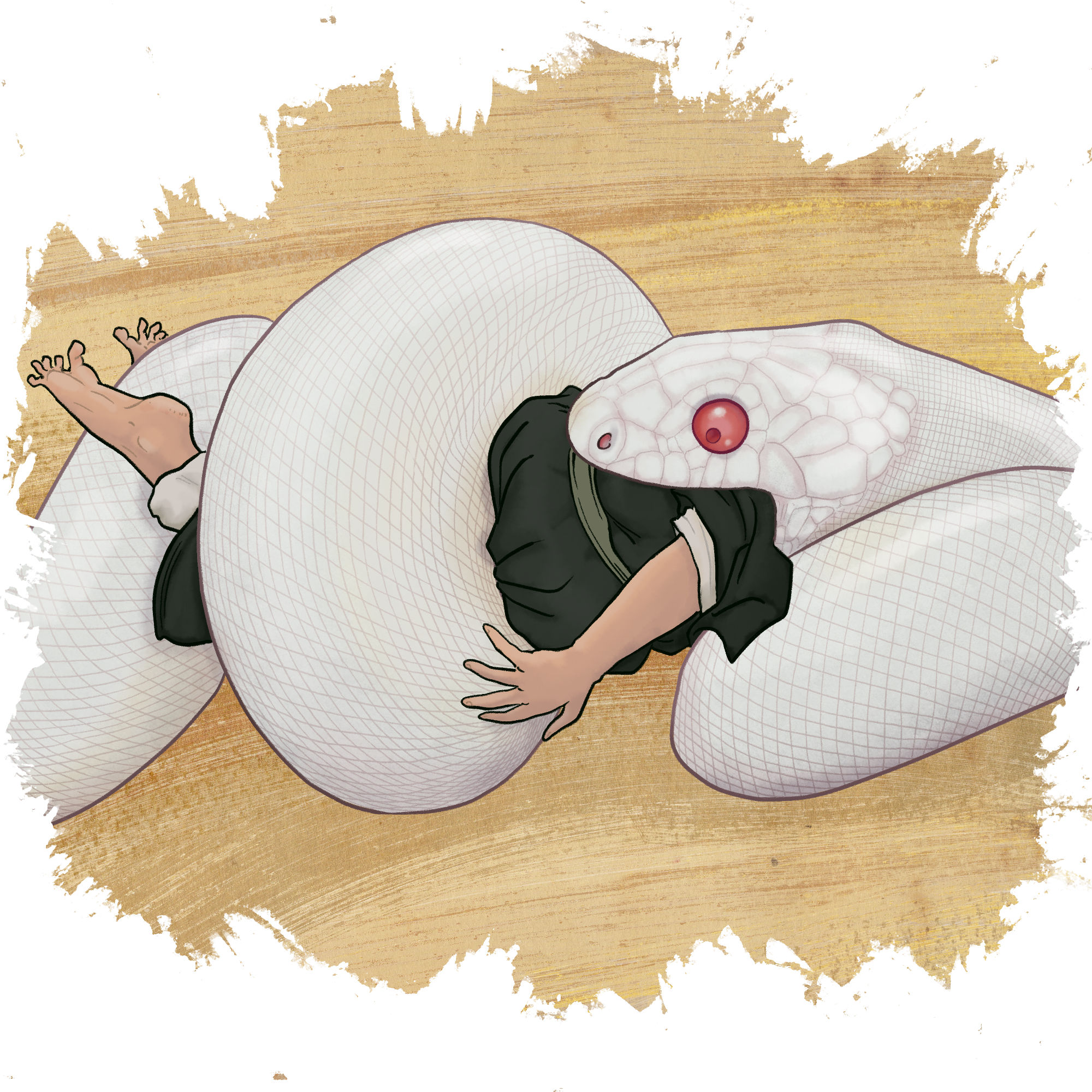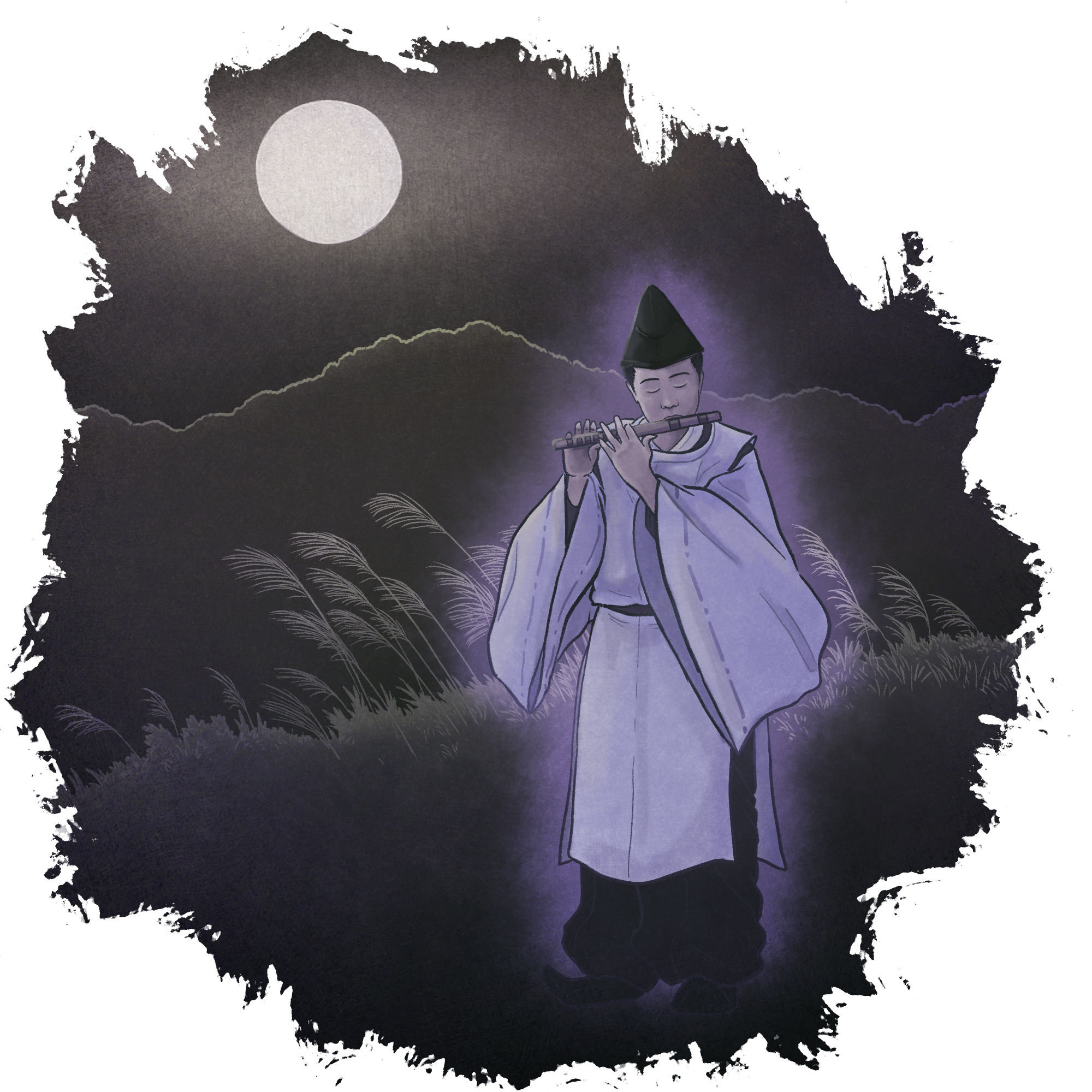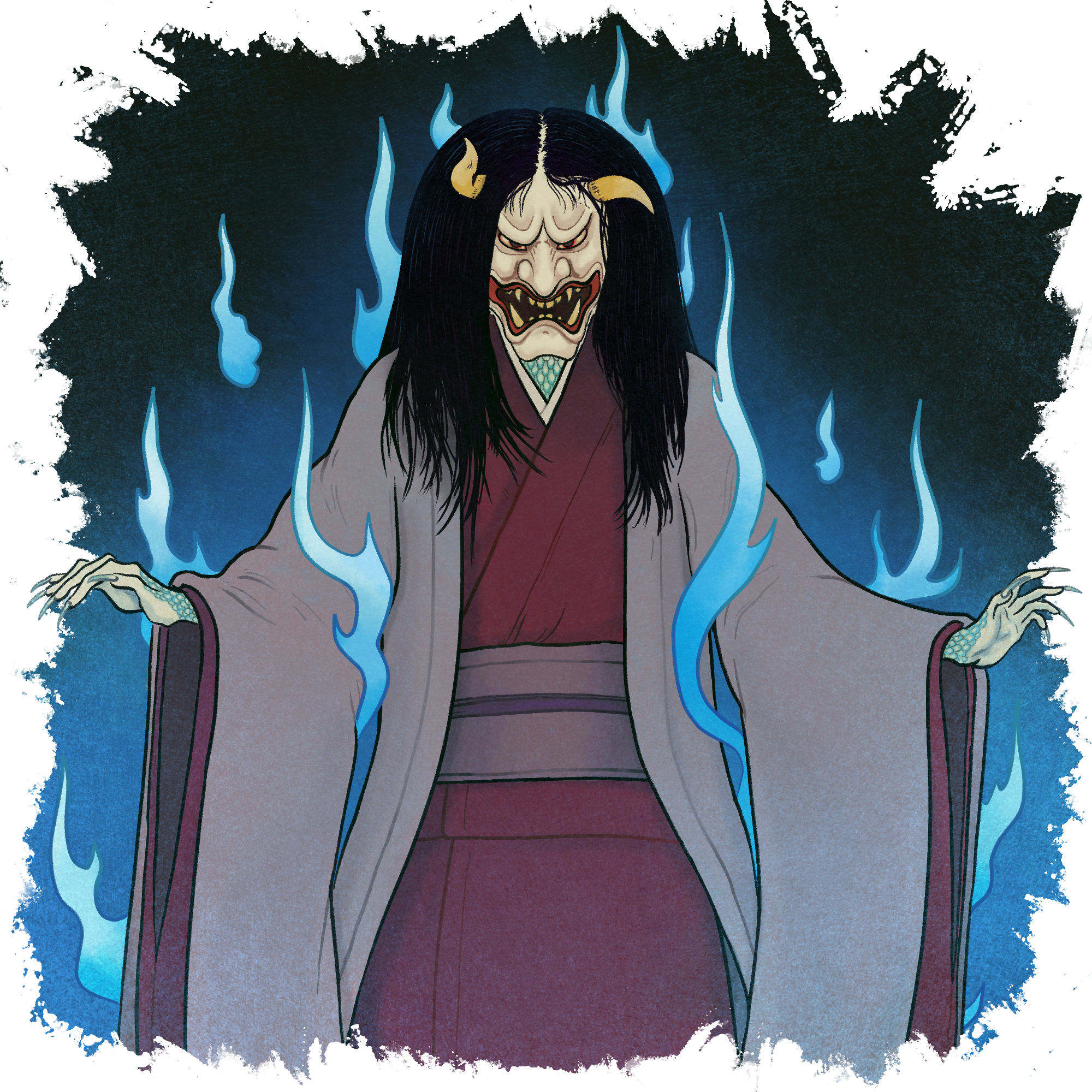One thing I love about the stories in Shokoku hyakumonogatari is that they can be so specific about the locations these stories take place. Some of them go right down to the neighborhood, street, and even extremely specific places. It makes them feel more real and close to us when you can literally visit and stand in the spot these events are said to have happened in.
This story in particular takes place very near my home, at a temple called Eiheiji. It’s an important place in Fukui, for sightseeing and historically. Knowing this story takes place there, and that the other locations mentioned in the story are real places, really adds some weight to the tale.
The Novice Monk at Eiheiji in Echizen
At the Zen temple Eiheiji in Echizen Province, there was a young and beautiful novice monk. One day he visited the capital to see all of the famous and historic sights. On his trip back home, he stopped at an inn. A woman was lodging at the same inn. Upon seeing the beauty of the young novice, she waited until nightfall and then slipped into his room and started to flirt with him.
At first the monk resisted the woman, but after all he was a living, breathing person, and in the end they slept together.
When dawn broke, he looked over at the woman lying next to him. She looked to be a priestess about 60 years old, with snow-white hair, and an appearance that was utterly repulsive. The novice monk was completely turned off. The woman looked back at him and said, “Wherever you go, I will accompany you.”
And so, she followed him from inn to inn, sleeping in his bed at every stop. The novice was troubled. He wondered just how much his masters would punish him if he brought a woman back with him to the temple.
“I am exhausted today. Let’s stop here,” he lied to the woman. Then, when she slept, he crept out into the night. He made it as far as Shirakicho.
When dawn broke, the woman was horribly upset. Since she was a priestess, she took out her prayer beads and used them to divine the young monk’s whereabouts. She followed him all the way to Shirakicho, where she asked around if anyone had seen him. In the end, she found him crouched down in a hollowed-out tree trunk.
“Well, well, well! You cold and heartless person! You will take me with you for as long as you have life!”
There was nothing the monk could do to stop her. “Fine. Let’s go then.”
They went together to the river and boarded the ferry boat. Halfway across, he pushed the woman off of the boat and into the river. He finished the crossing alone and then hurried back to Eiheiji.
By the time he returned to the temple, he was utterly exhausted. He collapsed in the large reception hall and fell asleep.
When his master entered the reception hall, he saw a 30-meter-long giant serpent trying to swallow the sleeping novice. Suddenly, the young monk’s family heirloom Yoshimitsu-forged sword magically leaped out of its scabbard by itself, flew through the air, and slashed at the serpent, chasing it away.
The master gently woke the sleeping novice up, but he said nothing about what just happened. Then he secretly swapped the novice’s heirloom blade with a golden sword that a recently deceased parishioner had donated to the temple, taking the Yoshimitsu for himself.
Soon after, the snake returned. Because the young novice no longer had the Yoshimitsu sword, the snake easily tore him into pieces and gobbled them up.
Since it was the master’s fault the young novice lost his life, all of the people scorned and mocked him after that.







